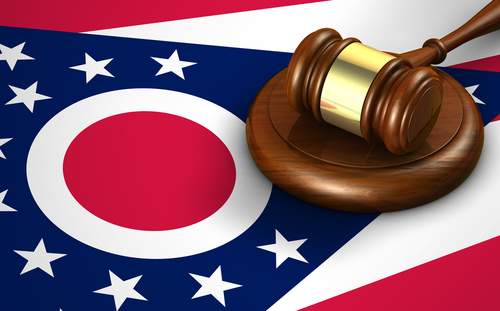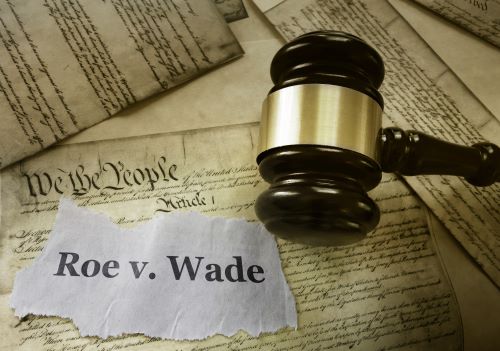ABC’s reality show explores DNA evidence in open crimes
The reference came from a credible source, so I figured it was worth viewing. The Genetic Detective is a six-episode reality TV series that will air on ABC in 2020. CeCe Moore was a genetic genealogy expert who initially worked to help people discover their biological identity and lineage. She uses The Genetic Detective to recount different situations in which she helped law enforcement solve cold cases. I was able view it free on ABC.com. The police were alerted and conducted a crime-scene investigation immediately. They located a large portion of genetic material, namely seminal fluid, that they attributed to the assailant.
The material was collected and submitted to the Combined DNA Index System, a database known as CODIS, which is used by law enforcement to compare unknown DNA profiles to known profiles collected from offenders and missing persons. Moore’s methods failed to yield a result. A St. George detective contacted Moore to see if she could help. The episode reveals a divide in opinion between those who believe that using family tree databases for law enforcement is an invasion of privacy rights, and those who prefer the trade-off to solve cold cases.
The case was Moore’s very first open one. I don’t want to give away too much because the episode, and likely the series as a whole, is worth watching.
Interestingly, “The Hot Case,” takes a meta approach to the science by also incorporating the then-ongoing William Earl Talbott II litigation. Tabbott was indicted in 2018 for the 1987 murders of Canadian teenagers Jay Cook, Tanya van Cuyklenborg and in California. Moore helped law enforcement apprehend Tabbott and the episode shows how the trial unfolded in real time. The method was accepted as admissible, and it helped secure a conviction for double-murder. The Washington Court of Appeals affirmed Talbott’s sentence and judgement in 2024. They also ordered that the trial court remove a firearm enhancement. The state supreme court denied review the same year.
DNA evidence in a criminal prosecution
Moore works backward with the relevant and available DNA profiles, and her discussion and demonstration of how she does so is remarkable. I haven’t seen genetic genealogy used in a criminal trial. The only thing that a prosecutor can use better than DNA evidence is a confession. Some might argue that DNA is still the preferred weapon. Science is objective.
More importantly, the general public swallows it hook, line and sinker. DNA is a complicated subject, and most receive only limited information through media saturation.
Consequently, those litigants willing to put in the time and effort to further educate themselves will be ahead in the ball game. Turning a problem into an advantage
You can win your cases by working at your desk. If you know your subject better than the other side, it is often the delivery of the message that counts. You’ll need to be familiar with the characteristics of gunshot residue and blood splatter, as well as different calibers of guns, rifling, and impressions. If you’re facing an arson charge, you need to know the details of burn patterns, accelerants, smoke and flame colors, and other factors. Even when it comes to something like a simple DUI, you need to understand the ins and outs of standardized field sobriety tests, gas chromatography, chemical tests, and drug and alcohol metabolization.
The same goes for cases that involve DNA. You must educate yourself to be able to converse intelligently with a subject expert. You should read relevant literature in order to gain a solid grasp of the subject’s fundamental aspects and to stay up-to-date with developments. You want to educate potential fact-finders as much as the court allows. The only way to make that process smooth is to know the material well enough to boil it down to terms and analogies that will resonate.
After all, did you know you can deposit your DNA through secondary and even tertiary transfer? There is also literature that discusses the quaternary DNA transfer, where one person transfers their DNA to another who has never touched them. Let’s say, for example, that someone touches a car door. Then, someone else touches the same doorknob before touching their car door. A third person touches the same car door. Did you know that we can deposit DNA by simply speaking? Most people, and plenty of attorneys, have no idea about these mechanisms.
And that’s just the tip of the iceberg. The presence of DNA is merely a sign that genetic material exists. Each other circumstance is subject to multiple factors, considerations and interpretations. If you understand the science, these interpretations may lead to innocent explanations.
Adam banner
Adam R.Banner is the founder and leading attorney of the Oklahoma Legal Group in Oklahoma City. His practice is devoted to state and federal criminal defence. The study of law may not be for everyone, but its practice and procedures seem to permeate the pop culture at a growing rate. This column is about the intersection of law and pop culture in an attempt to separate the real from the ridiculous.
This column reflects the opinions of the author and not necessarily the views of the ABA Journal–or the American Bar Association.






